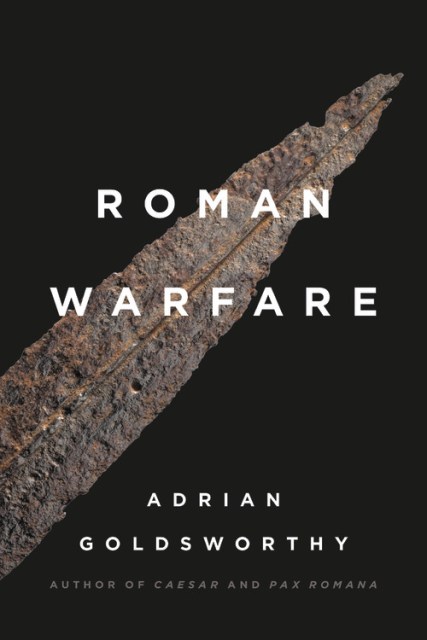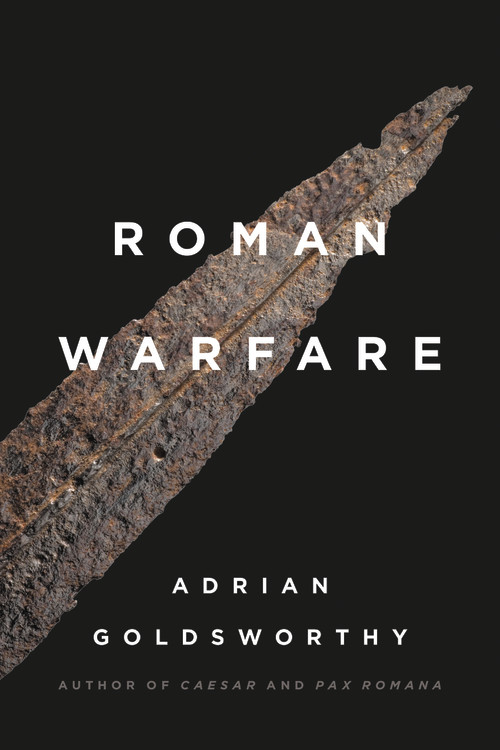Promotion
Use code BEST25 for 25% off storewide. Make sure to order by 11:59am, 12/12 for holiday delivery!
By clicking “Accept,” you agree to the use of cookies and similar technologies on your device as set forth in our Cookie Policy and our Privacy Policy. Please note that certain cookies are essential for this website to function properly and do not require user consent to be deployed.
Roman Warfare
Contributors
Formats and Prices
- On Sale
- May 7, 2019
- Page Count
- 288 pages
- Publisher
- Basic Books
- ISBN-13
- 9781541699236
Price
$18.99Price
$24.99 CADFormat
Format:
- Trade Paperback $18.99 $24.99 CAD
- ebook $11.99 $15.99 CAD
- Audiobook Download (Unabridged) $18.99
This item is a preorder. Your payment method will be charged immediately, and the product is expected to ship on or around May 7, 2019. This date is subject to change due to shipping delays beyond our control.
Buy from Other Retailers:
From an award-winning historian of ancient Rome, a concise and comprehensive history of the fighting forces that created the Roman Empire
Roman warfare was relentless in its pursuit of victory. A ruthless approach to combat played a major part in Rome’s history, creating an empire that eventually included much of Europe, the Near East and North Africa. What distinguished the Roman army from its opponents was the uncompromising and total destruction of its enemies. Yet this ferocity was combined with a genius for absorbing conquered peoples, creating one of the most enduring empires ever known.
In Roman Warfare, celebrated historian Adrian Goldsworthy traces the history of Roman warfare from 753 BC, the traditional date of the founding of Rome by Romulus, to the eventual decline and fall of Roman Empire and attempts to recover Rome and Italy from the “barbarians” in the sixth century AD. It is the indispensable history of the most professional fighting force in ancient history, an army that created an Empire and changed the world.
Genre:
Newsletter Signup
By clicking ‘Sign Up,’ I acknowledge that I have read and agree to Hachette Book Group’s Privacy Policy and Terms of Use







